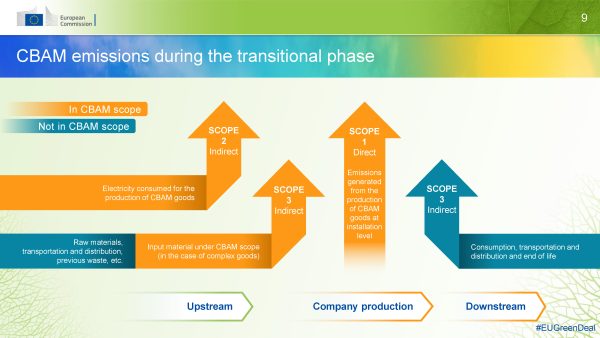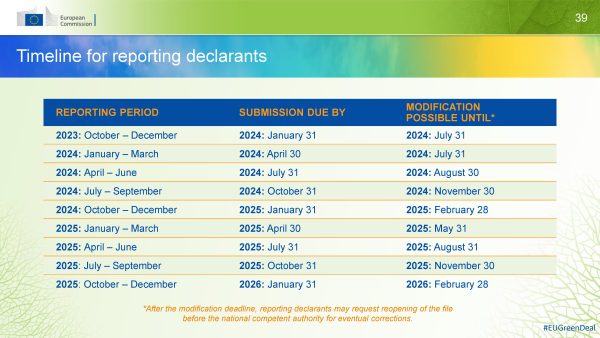The European Union’s Carbon Border Adjustment Mechanism (CBAM) is a policy aimed at reducing carbon emissions and promoting sustainable practices in international trade. This mechanism aims to level the playing field for European companies by imposing carbon costs on imports from countries with less stringent climate policies. Let’s discuss how CBAM important for EU importers is and hope it will help you.

Why we need to know CBAM?
Understanding and complying with the CBAM regulations is crucial for EU importers for several reasons:
1. Avoid financial penalties: Failure to comply with CBAM requirements can result in hefty fines and additional costs.
2. Maintain competitiveness: Importers who adapt to the new regulations can maintain a level playing field with European producers.
3. Contribute to sustainability goals: CBAM encourages importers to reduce their carbon footprint and adopt environmentally friendly practices.
4. Stay ahead of potential expansions: CBAM may be extended to other sectors in the future, so being prepared is essential.
From October 2023 to the end of 2025 transitional phase, importers of products in six carbon intensive sectors highly exposed to international trade, namely aluminium, cement, electricity, fertilisers, hydrogen and iron and steel will need to report their emissions. During the transitional phase, the regulators will be checking if other products can be added to the list like for example some downstream products.
How to Calculate Carbon Emissions?
Importers of covered products will need to calculate the embedded emissions based on specific methodologies outlined by the EU. The process involves:
1. Determining the appropriate emissions calculation method (actual emissions data or default values).
2. Collecting data on materials, processes, and energy sources used in production.
3. Applying the prescribed emissions factors and formulas to calculate the total embedded emissions.
4. Next stage will be verifying the emissions data through third-party audits or accredited monitoring plans.
About third-party certification, The EU says that information submitted during the transition period does not need to be verified by a third party. However, once this mechanism is activated, importers and related manufacturers will also need to follow up on this requirement. The EU has provided detailed guidelines and tools to assist importers in accurately quantifying the carbon footprint of their products, ensuring a standardized and transparent approach to emissions reporting.
How should Non-EU manufacturer respond to this policy and provide the data to support the importer?
Non-EU manufacturers of covered products should take the following steps to support their EU importer clients and maintain access to the EU market:
1. Assess their production processes and supply chains to identify emissions sources..
2. Implement robust emissions monitoring and data collection systems.
3. Consider investing in emissions reduction technologies and sustainable practices.
4. Obtain third-party verification of emissions data to ensure credibility. (This is not necessary during the transition period. But when the EU starts this rule, non-EU manufacturers need to comply with it.)
5. Provide importers with accurate, audited emissions data for their products.
6. Collaborate with importers to optimize logistics and minimize transportation emissions.
By proactively addressing their carbon footprint and providing transparent emissions data, non-EU manufacturers can help their EU importer clients comply with CBAM while positioning themselves as sustainable and responsible suppliers in the global market.

Under this trend, what does Joker do? Although the regulations are not perfect enough, Joker already full prepared. CBAM is not just a tax, It is a good opportunity for manufacturers to understand the carbon emissions of their products. To support this policy, we have collected the data from production process and communicated with suppliers to obtain relevant data as much as possible. If the EU launches a third-party certification mechanism in the future, we will also make adjustments to match regulations. In this way, Joker can not only make rolling adjustment at any time but also try our best to carry out carbon reduction from now on.
More info: Carbon Border Adjustment Mechanism
What else has JOKER done about greening: Sustainability in Action: Green Practices at Our Workplace